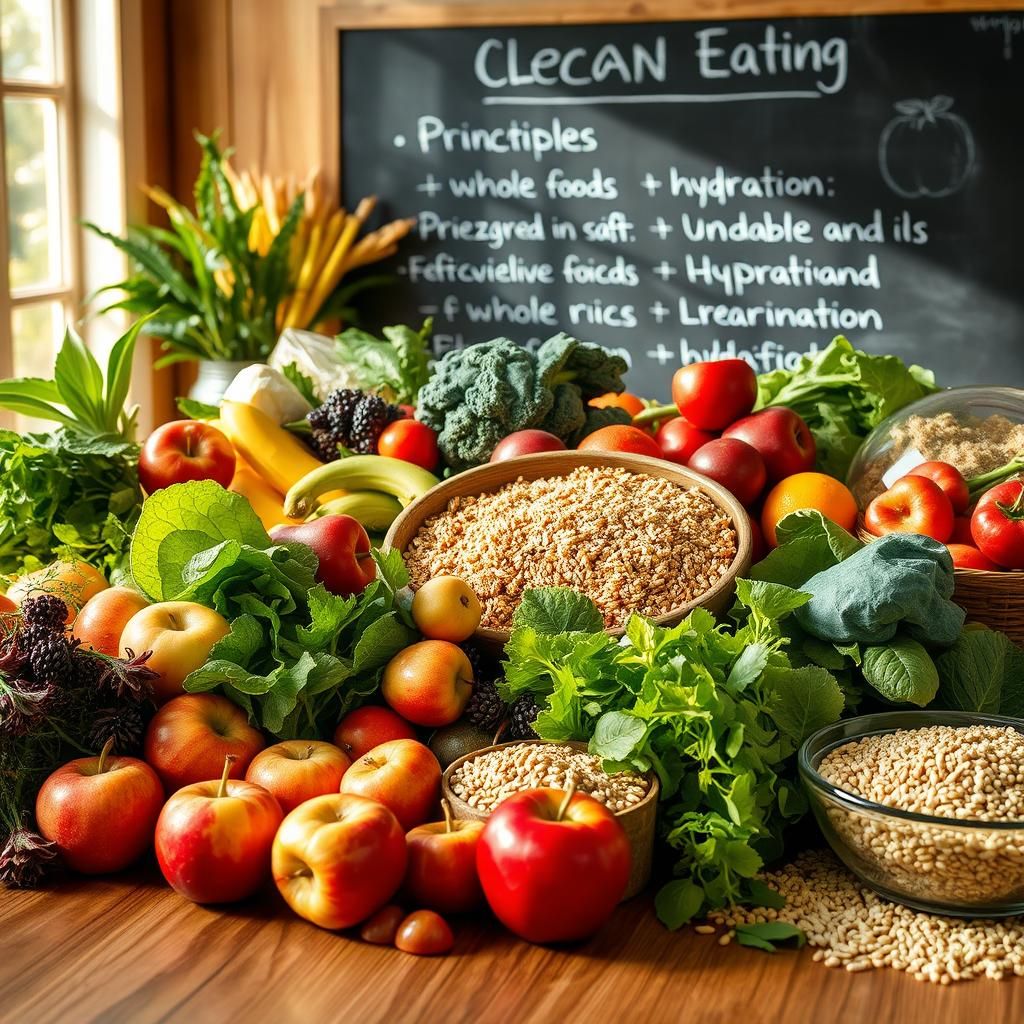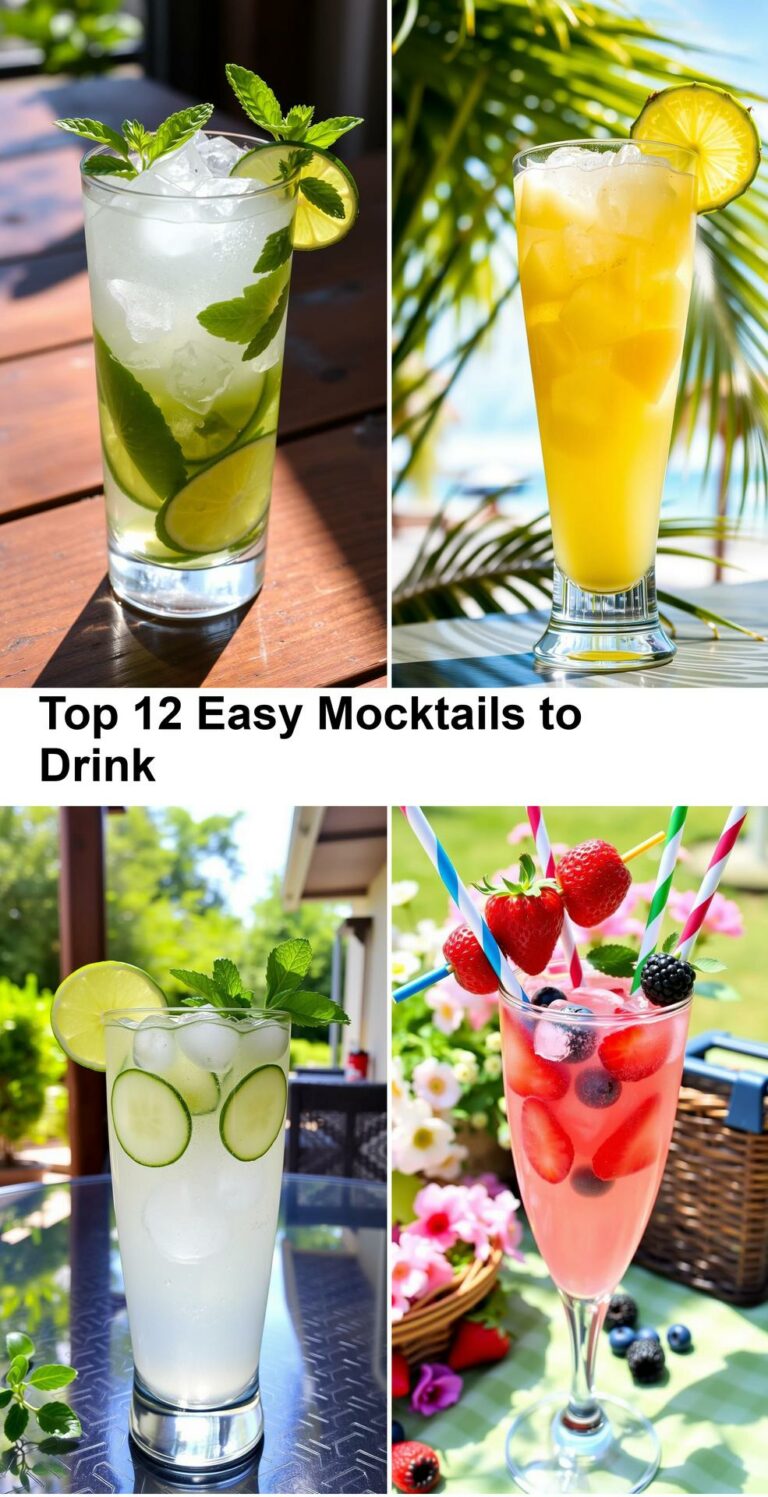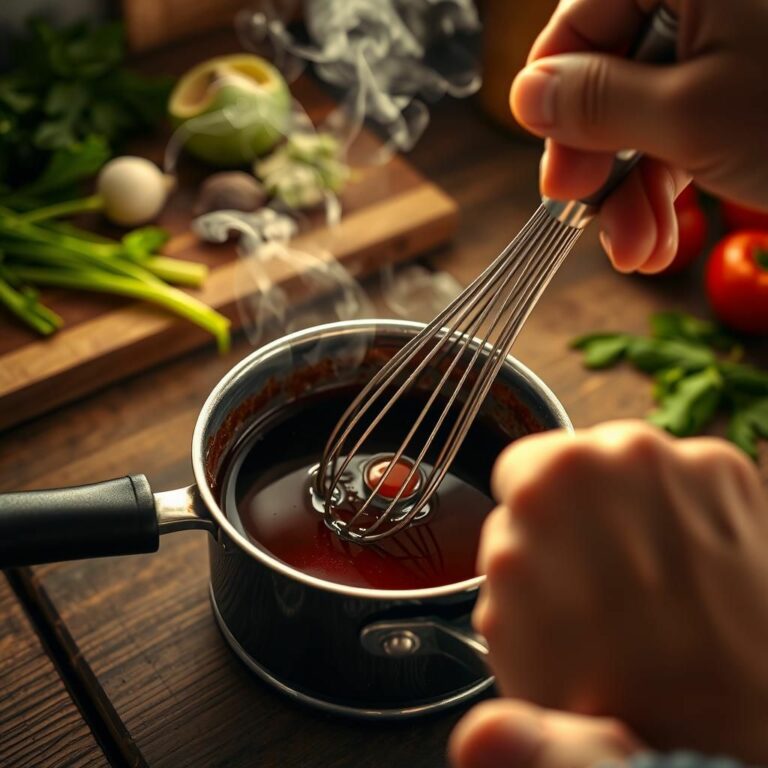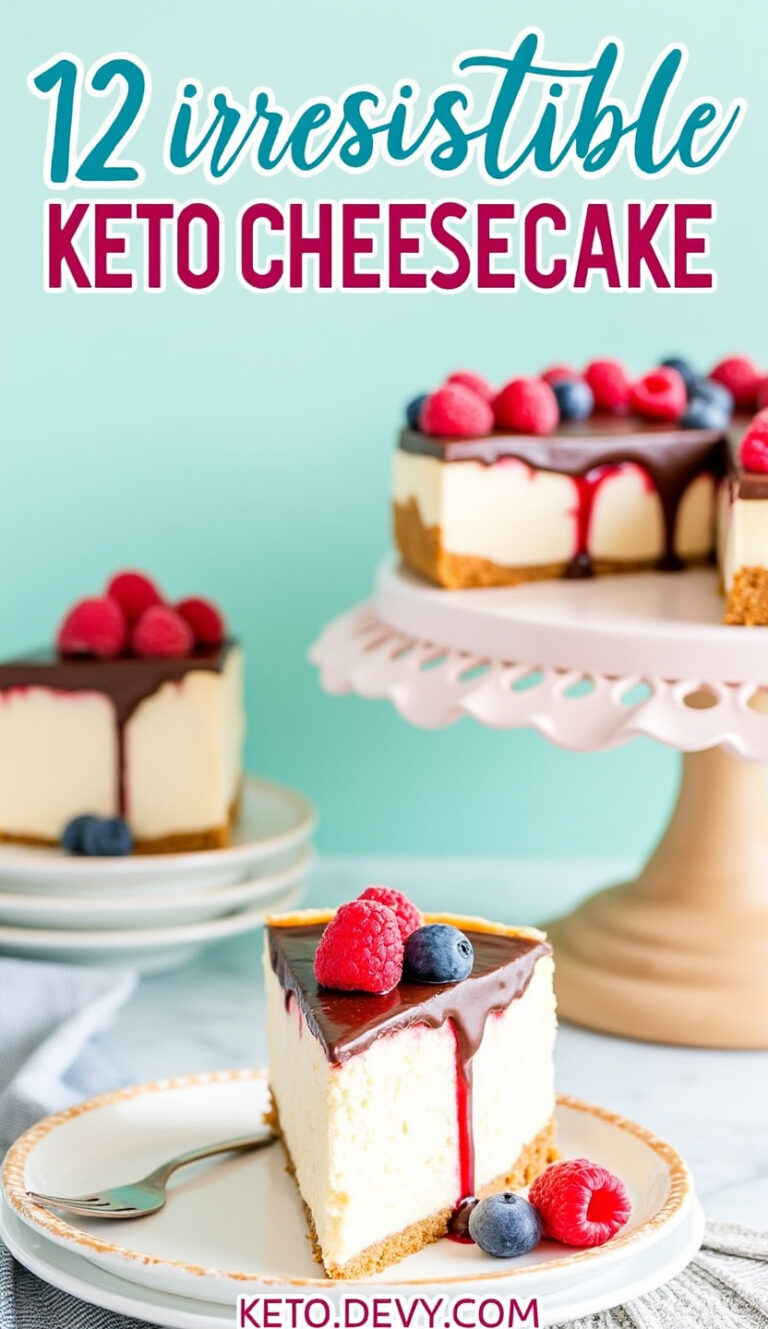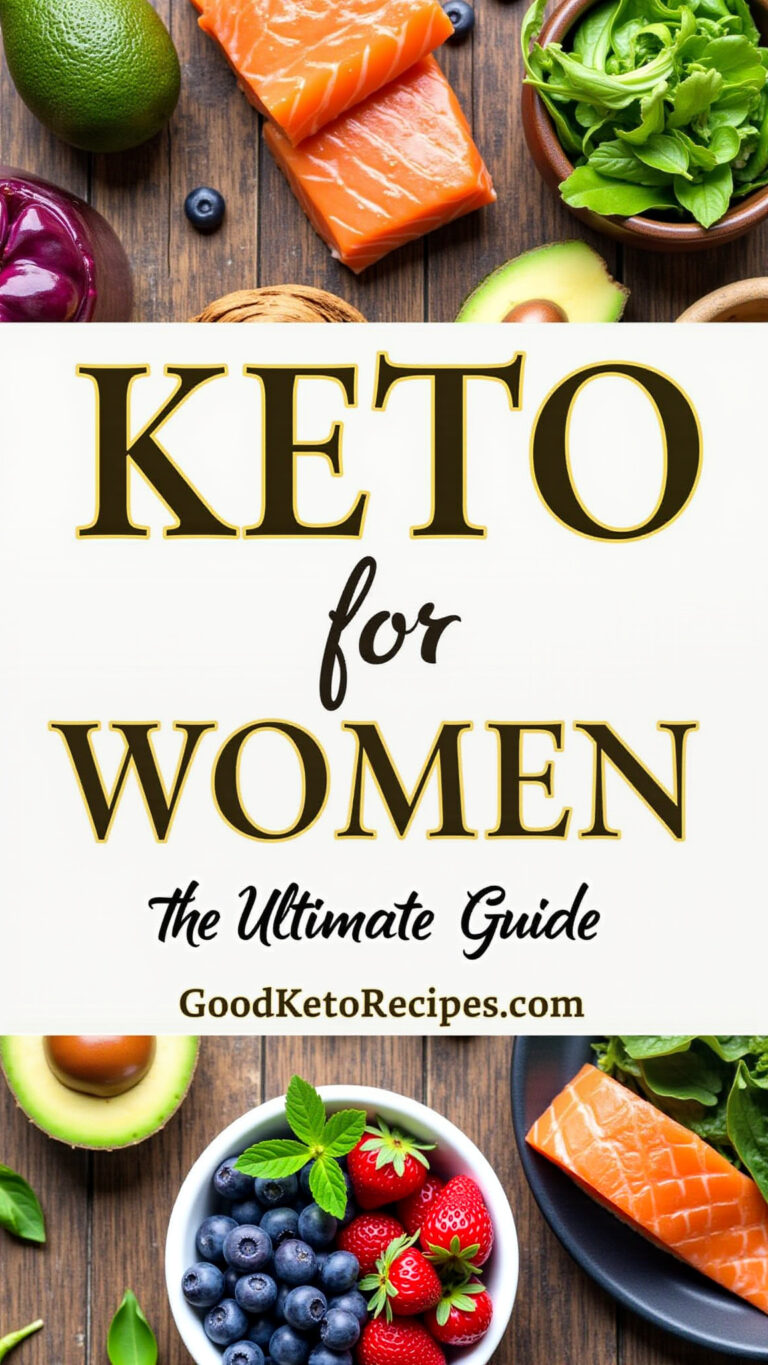14-Day Clean Eating Plan
Starting a new way of eating can feel overwhelming, especially when terms like “clean eating” are everywhere. You might wonder what it really means and how to actually do it without spending hours in the kitchen or feeling deprived. If you’re looking for a straightforward, beginner-friendly approach to reset your eating habits, a 14-day clean eating plan is an excellent starting point.
This guide is designed to demystify clean eating and provide you with a simple, actionable plan to follow for two weeks. It focuses on incorporating wholesome, unprocessed foods into your daily meals, helping you feel more energized, improve digestion, and build a foundation for healthier habits. Think of it not as a restrictive diet, but as a temporary, focused phase to reconnect with nourishing foods and learn how your body responds.
We’ll cover the basic principles of clean eating, explore the benefits you might experience, guide you through preparing for your 14 days, and provide a flexible meal plan with simple, tasty ideas. By the end of these two weeks, you’ll have gained valuable experience, discovered new favorite foods, and built confidence in making healthier choices long-term.
What is Clean Eating? (Simplified)
At its core, clean eating is about choosing foods that are as close to their natural state as possible. It emphasizes consuming whole, unprocessed, and unrefined foods while minimizing or avoiding packaged and processed items that contain artificial ingredients, excessive added sugars, unhealthy fats, and refined grains.
Think of it this way:
- Clean Eating: An apple, a piece of grilled fish, a handful of almonds, plain oats.
- Not Clean Eating: Apple juice with added sugar, fish sticks, candied nuts, sugary instant oatmeal packets.
The focus isn’t on calorie counting or strict portion control (though awareness is helpful), but rather on the quality of the food you consume. It’s about nourishing your body with nutrient-dense ingredients that provide vitamins, minerals, fiber, and healthy fats.
Key principles often associated with clean eating include:
- Eat Whole, Unprocessed Foods: Prioritize fruits, vegetables, lean proteins, whole grains, legumes, nuts, and seeds.
- Minimize Refined and Processed Foods: Limit foods with long ingredient lists, artificial additives, excessive salt, and added sugars.
- Limit Added Sugar: Reduce intake of sugary drinks, sweets, and foods with hidden sugars.
- Choose Healthy Fats: Incorporate sources like avocados, nuts, seeds, olive oil, and fatty fish (like salmon). Avoid trans fats and limit saturated fats.
- Stay Hydrated: Drink plenty of water throughout the day.
- Practice Mindful Eating: Pay attention to your body’s hunger and fullness cues.
- Consider Sourcing: Opt for organic, local, or sustainably raised foods when possible (though this is often seen as an enhancement to core clean eating, not a strict requirement for beginners).
For beginners, the goal is progress, not perfection. This 14-day plan is designed to introduce these principles gradually and practically.
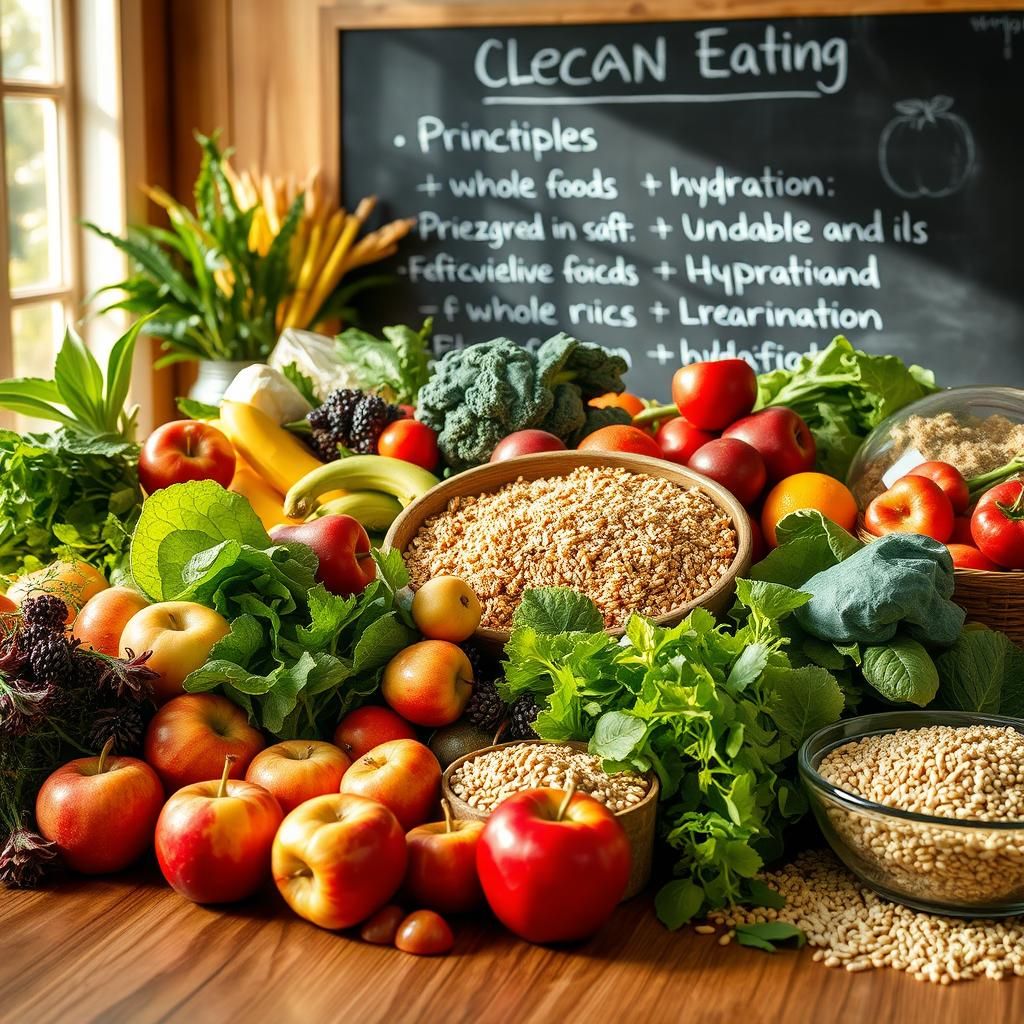
Why Try a 14-Day Clean Eating Plan?
Committing to clean eating for just two weeks might seem short, but it’s ample time to experience noticeable benefits and lay the groundwork for lasting change. Here’s why a short-term plan is effective:
- Manageable Goal: 14 days is less daunting than a permanent lifestyle change. It feels achievable, increasing your likelihood of sticking with it.
- Reset Button: Processed foods, sugar, and unhealthy fats can lead to cravings, energy crashes, and digestive discomfort. A clean eating period can help reset your palate, reduce dependence on sugary or processed fixes, and stabilize blood sugar levels.
- Increased Energy Levels: By fueling your body with nutrient-rich whole foods, you provide it with sustained energy sources, avoiding the peaks and crashes associated with refined carbohydrates and sugar. Many people report feeling more alert and less sluggish.
- Improved Digestion: Whole foods, particularly fruits, vegetables, legumes, and whole grains, are rich in fiber. Fiber supports healthy digestion, helps prevent constipation, and can contribute to a healthier gut microbiome.
- Potential Weight Management: While not explicitly a weight-loss diet, reducing processed foods and added sugar often leads to a natural decrease in calorie intake and improved satiety from nutrient-dense foods, which can support healthy weight management for those with that goal. According to the CDC, simply reducing sugar and refined grains is a key component of healthy eating patterns that support weight.
- Reduced Cravings: As your body adjusts to fewer processed foods and sugars, cravings for these items often diminish. You might start to appreciate the natural sweetness of fruit or the savory flavor of vegetables.
- Enhanced Mental Clarity: Stable blood sugar and better nutrient intake can have a positive impact on brain function, leading to improved focus and mood.
- Learning Experience: This 14-day period is a perfect opportunity to learn which foods make you feel good and which might cause discomfort. You’ll also gain practical experience in meal planning and preparation.
- Builds Healthy Habits: Successfully completing a 14-day plan helps you build confidence and momentum. It makes continuing with healthier choices feel less like a chore and more like a natural way of living.
Think of these two weeks as a powerful experiment. Pay attention to how your body feels – notice changes in energy, digestion, sleep, and mood. This personal feedback is incredibly motivating.
Essential Principles for Beginners
Navigating clean eating is easier when you focus on a few core principles. For beginners, simplicity and practicality are key.
1. Focus on Adding, Not Just Subtracting: Instead of dwelling on what you can’t have, focus on filling your plate with delicious whole foods. Aim to include vegetables and protein in most meals. Add fruits, nuts, and seeds for snacks.
2. Read Ingredient Lists: This is crucial for identifying processed foods. Look for short ingredient lists with names you recognize. Avoid products with artificial colors, flavors, preservatives, high-fructose corn syrup, or hydrogenated oils. Pay attention to added sugar under various names (sucrose, glucose, fructose, maltose, corn syrup, etc.).
3. Prioritize Water: Often, we mistake thirst for hunger. Drinking enough water throughout the day is vital for overall health, energy, and can help manage appetite. Aim for at least 8 cups (about 2 liters), and more if you’re active.
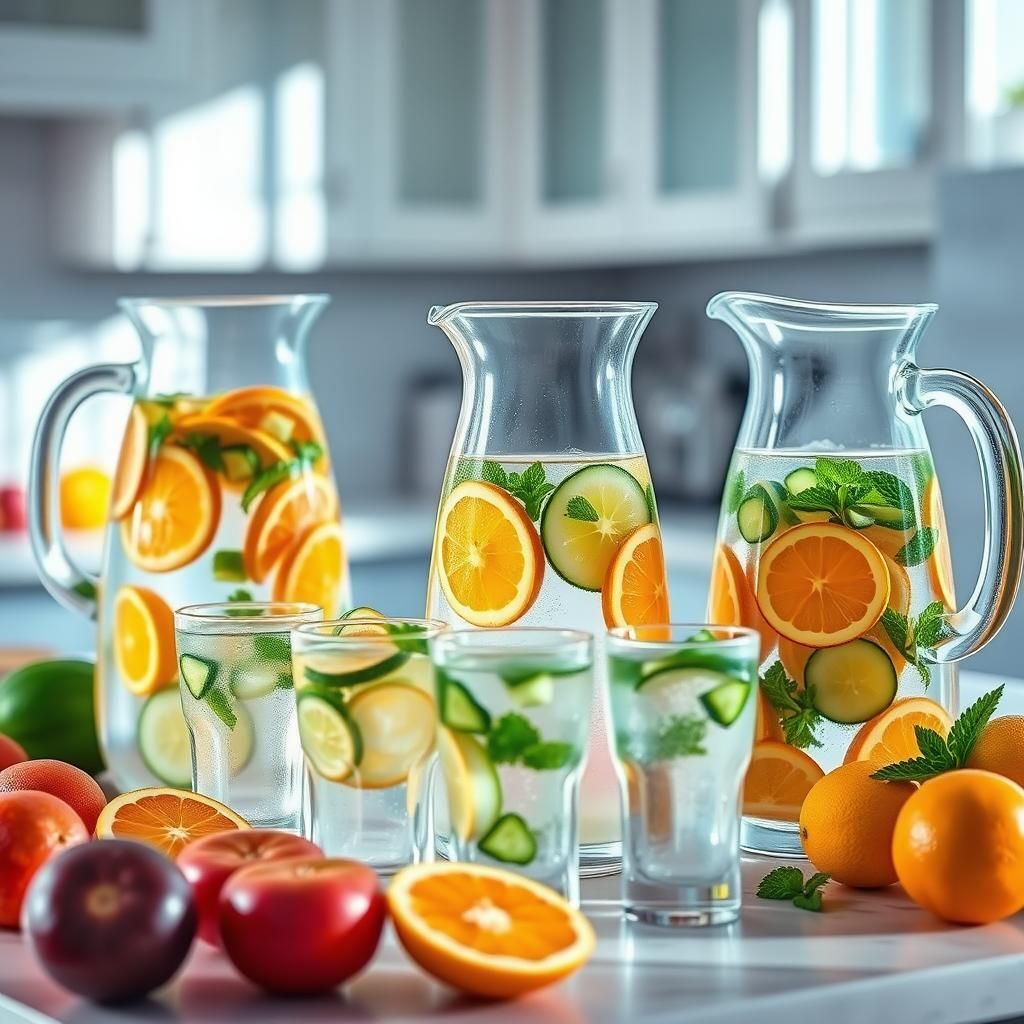
4. Mindful Eating: Slow down when you eat. Pay attention to the taste, texture, and smell of your food. Notice when you feel satisfied, not just full. This helps you enjoy your food more and prevent overeating.
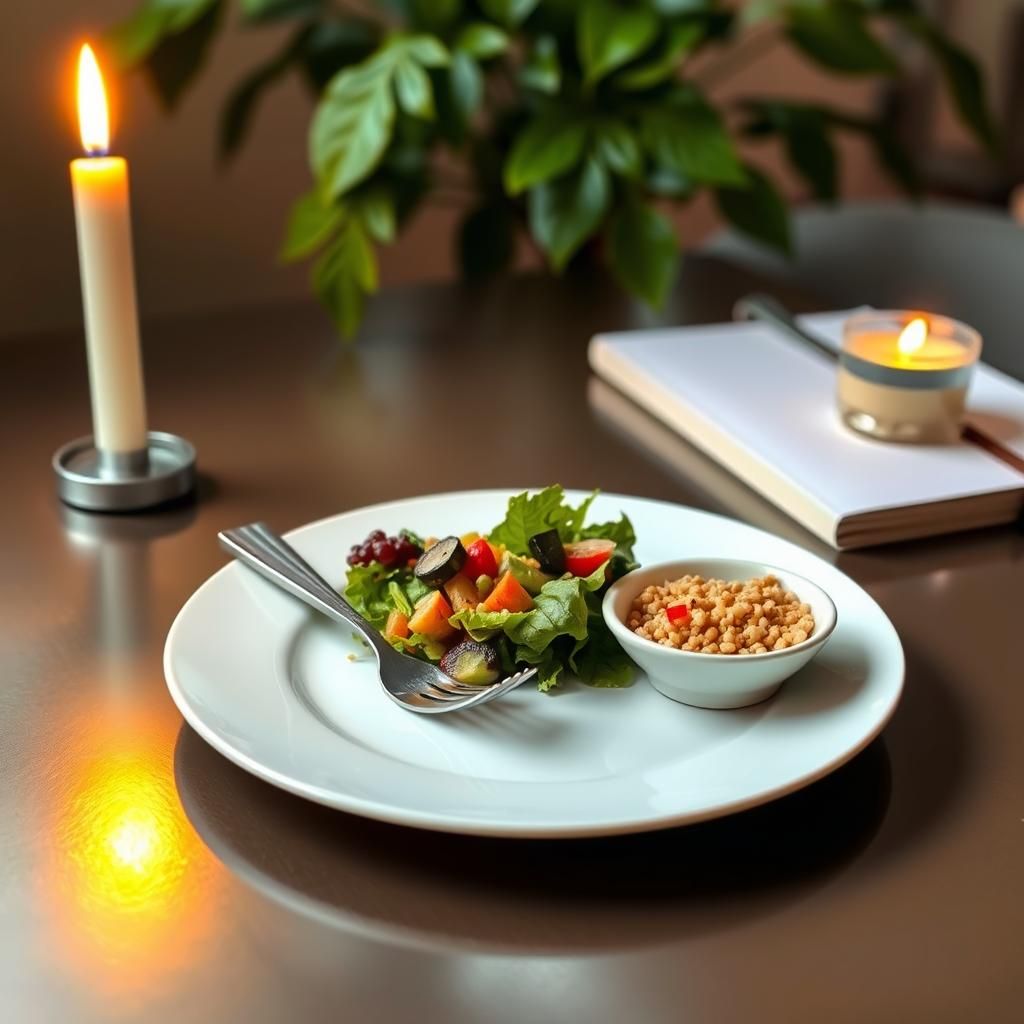
5. Basic Meal Prep: Dedicating a little time each week (e.g., on a Sunday afternoon) can save you a lot of time and stress during the busy week. This could involve chopping vegetables, cooking a batch of grains (like quinoa or brown rice), roasting some protein (chicken breasts or vegetables), or making hard-boiled eggs.
6. Listen to Your Body: Clean eating isn’t about rigid rules. Pay attention to how different foods make you feel. Adjust the plan based on your hunger levels and energy needs. If you’re genuinely hungry between meals, have a clean snack.
7. Allow for Flexibility (Beyond the 14 Days): While the 14 days are focused, understand that long-term healthy eating is about balance. Don’t aim for perfection. If you have a meal that doesn’t fit the “clean” criteria, don’t beat yourself up. Just get back on track at the next meal.
These principles will serve as your compass during the 14-day journey and beyond.
Preparing for Your 14 Days
Success in clean eating, especially for a set period like 14 days, starts with preparation. Taking some time before you begin will make the process much smoother and less stressful.
1. Clear Out the Pantry/Fridge: Go through your kitchen and remove temptations. Donate or discard highly processed foods, sugary snacks, and drinks that won’t support your clean eating goals for the next two weeks. This creates a supportive environment.
2. Plan Your Meals: Review the meal plan suggestions below (or create your own based on the principles). Decide what you’ll eat for most meals and snacks. Having a plan reduces decision fatigue and the likelihood of impulse unhealthy choices.
3. Create a Shopping List: Based on your meal plan, make a detailed list of groceries you need. Stick to the list when shopping to avoid buying unnecessary items.
4. Go Grocery Shopping: Head to the store and stock up on your clean eating essentials. Focus on the perimeter of the grocery store, where you’ll typically find fresh produce, lean meats, dairy, and fish. The inner aisles are where processed foods often reside.
5. Stock Your Pantry with Staples: Ensure you have basics like:
- Oats (rolled or steel-cut)
- Quinoa, Brown Rice, or other whole grains
- Lentils and Beans (dried or canned, rinsed)
- Nuts and Seeds (unsalted, raw or dry roasted)
- Nut Butters (natural, with no added sugar/oil)
- Olive Oil and Coconut Oil (for cooking)
- Vinegar (apple cider, balsamic)
- Herbs and Spices (to flavor food naturally)
- Canned Tomatoes (diced, crushed – check ingredients)
- Broth (low sodium, check ingredients)
6. Gather Essential Kitchen Tools: You don’t need fancy equipment, but having basics helps:
- Good knives and cutting board for chopping vegetables
- Pots and pans for cooking
- Storage containers for leftovers and meal prep
- Maybe a blender for smoothies
7. Hydration Helpers: Get a reusable water bottle you like to carry with you. Infuse water with fruit (lemon, cucumber, berries) if plain water is boring for you.
8. Set Realistic Expectations: Understand that the first few days might involve adjusting, possibly experiencing slight withdrawal symptoms from sugar or caffeine. This is normal and usually passes quickly. Focus on how you’ll feel after the adjustment period.
9. Inform Your Household (Optional but Recommended): Let family or roommates know about your plan, especially if you share meals or grocery shopping. Their support can be invaluable.
Taking these preparatory steps sets you up for success over the next two weeks.
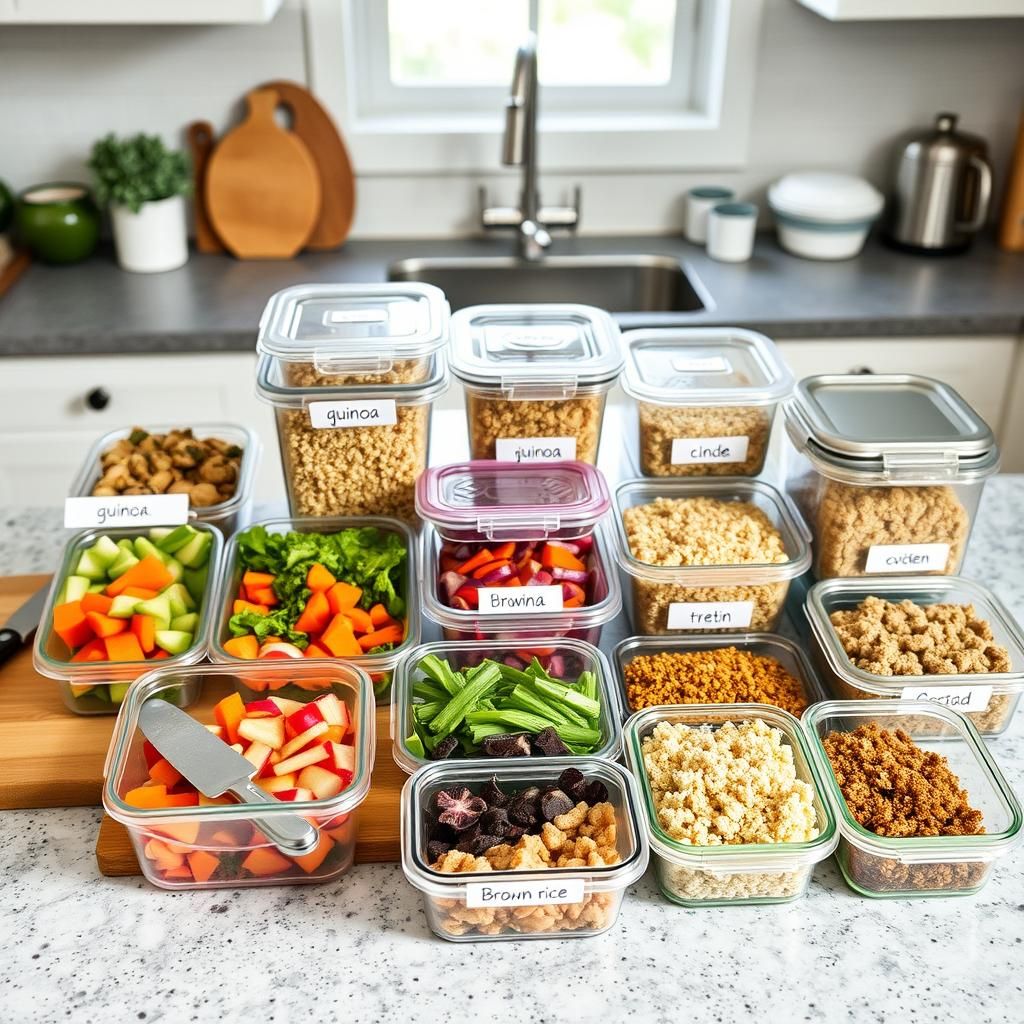
Your 14-Day Clean Eating Meal Plan
This plan provides suggestions for each day. It’s designed to be simple, use common ingredients, and offer variety while sticking to clean eating principles. Feel free to swap meals between days or weeks based on your preferences, what’s in season, or what you have on hand. The key is to use these ideas as a template and adapt it to your needs.
Remember to drink plenty of water throughout the day.
Week 1
Day 1
- Breakfast: Oatmeal cooked with water or unsweetened plant milk, topped with fresh berries and a sprinkle of nuts or seeds.
- Lunch: Large salad with mixed greens, cucumber, tomatoes, bell peppers, grilled chicken breast or chickpeas, and a simple dressing of olive oil and lemon juice.
- Dinner: Baked salmon with roasted broccoli and sweet potato.
- Snack Ideas: Apple slices with a small handful of almonds, a hard-boiled egg.
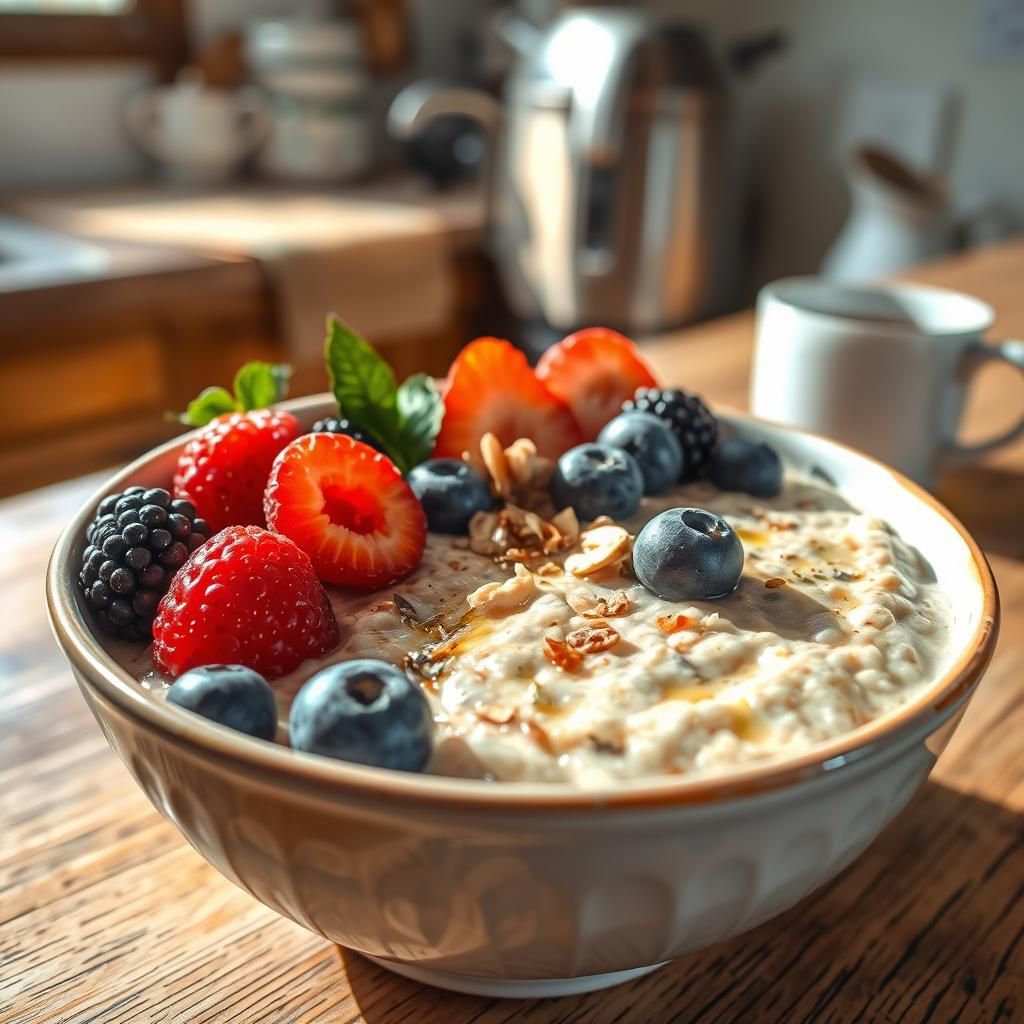
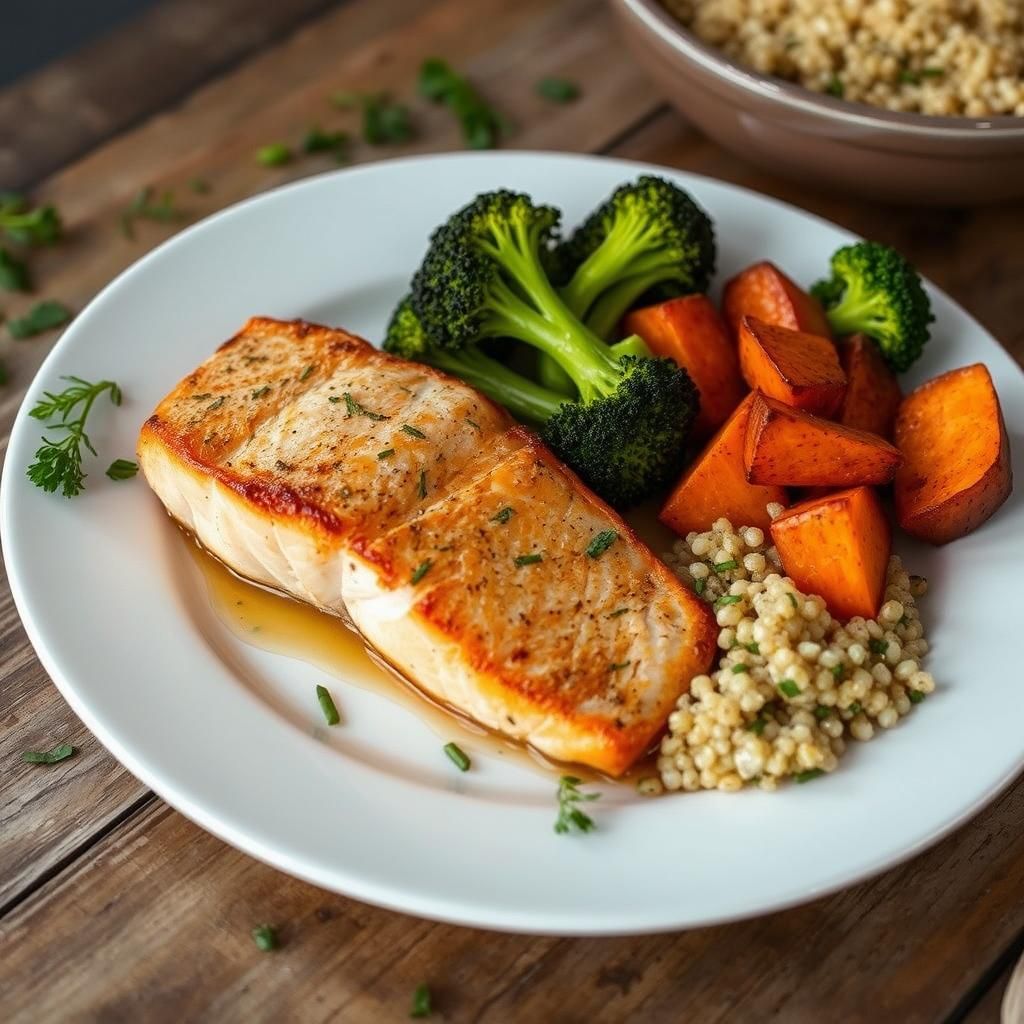
Day 2
- Breakfast: Scrambled eggs (2-3) with spinach and mushrooms, served with a small avocado slice.
- Lunch: Leftover baked salmon and roasted vegetables.
- Dinner: Lentil soup (homemade or low-sodium canned, check ingredients) with a side salad.
- Snack Ideas: Greek yogurt (plain, unsweetened) with a few berries, carrot sticks with hummus.
Day 3
- Breakfast: Greek yogurt (plain, unsweetened) with mixed berries and a sprinkle of chia seeds.
- Lunch: Chicken salad (made with plain yogurt or avocado instead of mayo) in lettuce cups or wrapped in large lettuce leaves.
- Dinner: Stir-fry with lean protein (chicken or tofu) and lots of mixed vegetables (broccoli, peppers, carrots, snap peas) in a sauce made with soy sauce (or tamari for gluten-free), ginger, garlic, and a splash of sesame oil, served over a small portion of brown rice or quinoa.
- Snack Ideas: Pear, a small handful of walnuts.
Day 4
- Breakfast: Smoothie made with spinach, unsweetened almond milk, half a banana, protein powder (optional, choose a clean one), and a tablespoon of almond butter.
- Lunch: Leftover stir-fry.
- Dinner: Baked chicken breast or thighs with a large portion of roasted root vegetables (carrots, parsnips, sweet potato).
- Snack Ideas: Celery sticks with natural peanut butter, handful of grapes.
Day 5
- Breakfast: Oatmeal with sliced apple and cinnamon.
- Lunch: Tuna salad (made with plain yogurt or avocado) on cucumber slices or whole-grain crackers (check ingredients – aim for simple whole grains).
- Dinner: Turkey or beef chili (homemade with lean meat, beans, tomatoes, spices – no added sugar) – make a large batch for leftovers.
- Snack Ideas: Orange, handful of pumpkin seeds.
Day 6
- Breakfast: Scrambled eggs with bell peppers and onions.
- Lunch: Leftover chili.
- Dinner: Large salad with mixed greens, tomatoes, cucumber, bell peppers, olives, and grilled shrimp or white beans, with olive oil and balsamic vinegar dressing.
- Snack Ideas: Edamame (steamed), handful of cherries.
Day 7
- Breakfast: Smoothie with mixed berries, spinach, unsweetened plant milk, and a tablespoon of chia seeds.
- Lunch: Leftover large salad with shrimp or white beans.
- Dinner: Roasted chicken (simple seasoning like herbs, salt, pepper) with steamed green beans.
- Snack Ideas: Rice cakes (plain) topped with avocado, apple.
Interested in exploring other structured eating plans? You might find resources like a Custom Keto Diet or The Ultimate Keto Meal Plan helpful depending on your specific health goals.
Week 2
Day 8
- Breakfast: Oatmeal with unsweetened plant milk, topped with banana slices and a sprinkle of pecans.
- Lunch: Leftover roasted chicken breast and green beans.
- Dinner: Baked cod or other white fish with roasted asparagus and quinoa.
- Snack Ideas: Pear slices with a small handful of cashews, a hard-boiled egg.
Day 9
- Breakfast: Greek yogurt (plain, unsweetened) with sliced peach and a sprinkle of flax seeds.
- Lunch: Leftover baked cod and vegetables.
- Dinner: Vegetable and chickpea curry (made with coconut milk, lots of veggies, chickpeas, curry spices – no added sugar) served with a small portion of brown rice. Make a large batch.
- Snack Ideas: Bell pepper strips with hummus, handful of blueberries.
Day 10
- Breakfast: Scrambled eggs with diced tomatoes and onions.
- Lunch: Leftover vegetable and chickpea curry.
- Dinner: Large salad with mixed greens, cucumber, carrots, grilled steak (lean cut) or black beans, and olive oil/vinegar dressing.
- Snack Ideas: Grapefruit, handful of almonds.
Day 11
- Breakfast: Smoothie made with kale, pineapple, unsweetened coconut milk, and a tablespoon of shredded coconut.
- Lunch: Leftover steak salad.
- Dinner: Ground turkey or lean beef and vegetable skillet (cook lean meat, add chopped veggies like zucchini, onions, peppers, spinach, season with herbs/spices).
- Snack Ideas: Apple with a small amount of natural almond butter, a few olives.
Day 12
- Breakfast: Oatmeal with a swirl of natural peanut butter.
- Lunch: Leftover ground turkey/beef and vegetable skillet.
- Dinner: Baked sweet potato topped with black beans, salsa (check ingredients for sugar), and avocado.
- Snack Ideas: Banana, handful of pistachios.
Day 13
- Breakfast: Greek yogurt (plain, unsweetened) with mixed berries and a sprinkle of granola (check ingredients for low sugar, whole grains).
- Lunch: Leftover baked sweet potato with black beans and avocado.
- Dinner: Large portion of steamed vegetables (broccoli, cauliflower, carrots) with a side of baked chicken breast.
- Snack Ideas: Cucumber slices, orange.
Day 14
- Breakfast: Scrambled eggs with spinach and a side of sliced tomato.
- Lunch: Leftover steamed vegetables and chicken breast.
- Dinner: Celebrate your completion! Make a simple clean meal you enjoyed most over the last two weeks, like baked salmon with roasted veggies, or a large, vibrant salad with your favorite clean protein.
- Snack Ideas: Your favorite fruit, small handful of nuts.
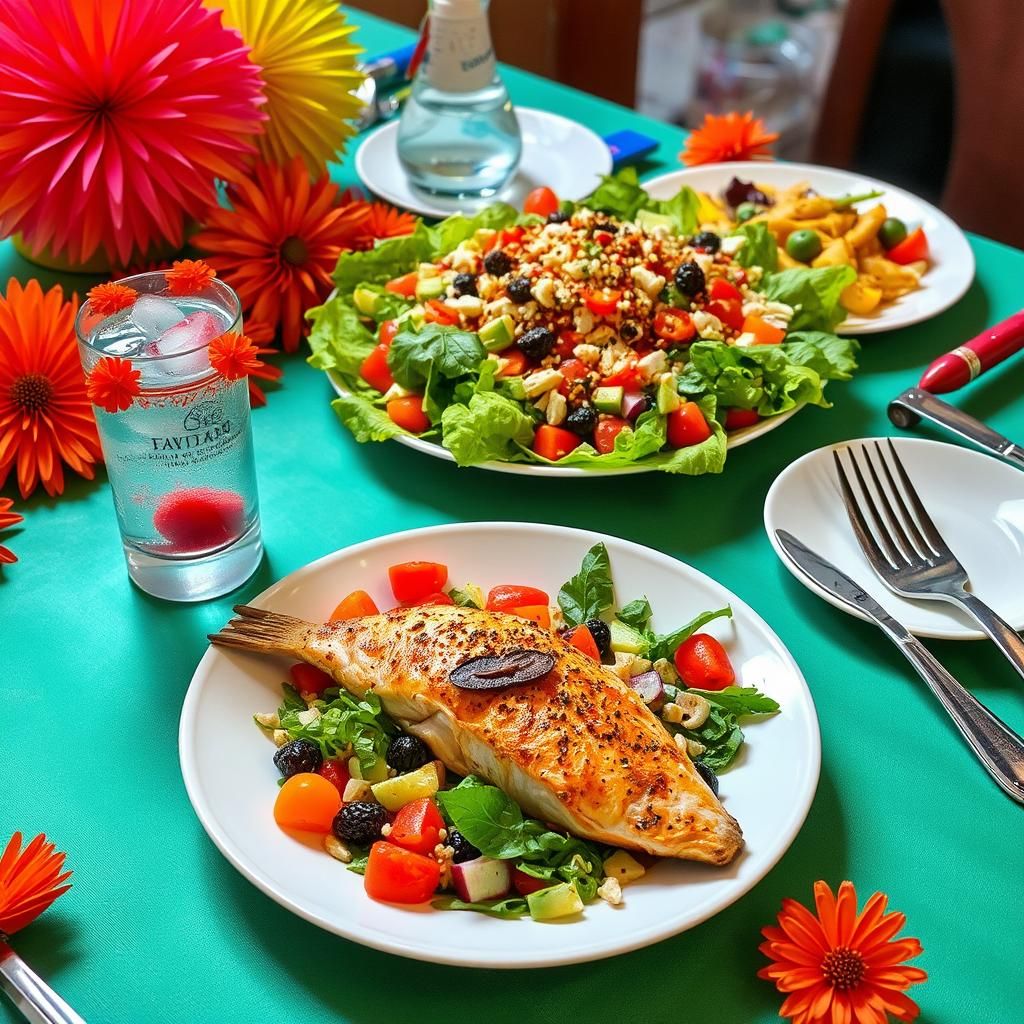
This plan provides structure but encourages flexibility. Pay attention to how different meals make you feel and adjust portions or food choices as needed. The goal is to learn and nourish your body.
Simple Clean Eating Meal Ideas (Beyond the Plan)
The 14-day plan provides a starting point, but clean eating offers endless possibilities. Here are more simple ideas you can incorporate or swap in:
Breakfast:
- Quinoa porridge cooked with unsweetened plant milk, topped with fruit and nuts.
- Chia seed pudding (chia seeds soaked in unsweetened plant milk) with berries.
- Breakfast salad: Leafy greens topped with scrambled eggs, avocado, and cherry tomatoes.
- Cottage cheese (plain) with pineapple chunks.
Lunch:
- Leftovers from dinner are always a great option.
- Large salads with various greens, vegetables, and clean protein (grilled chicken, tuna, salmon, hard-boiled eggs, beans, lentils) and a simple vinaigrette.
- Lettuce wraps filled with lean ground turkey, seasoned vegetables, and a clean sauce.
- Soup (homemade or low-sodium canned/boxed with clean ingredients) like vegetable, chicken noodle (with whole grain pasta), or tomato soup.
- Tuna or salmon patties (made with minimal binder like egg or clean breadcrumbs) with a side of steamed veggies.
- Buddha bowls: Base of quinoa or brown rice, topped with roasted or steamed vegetables, a protein source (beans, tofu, chicken), and a healthy sauce (tahini dressing, simple vinaigrette).
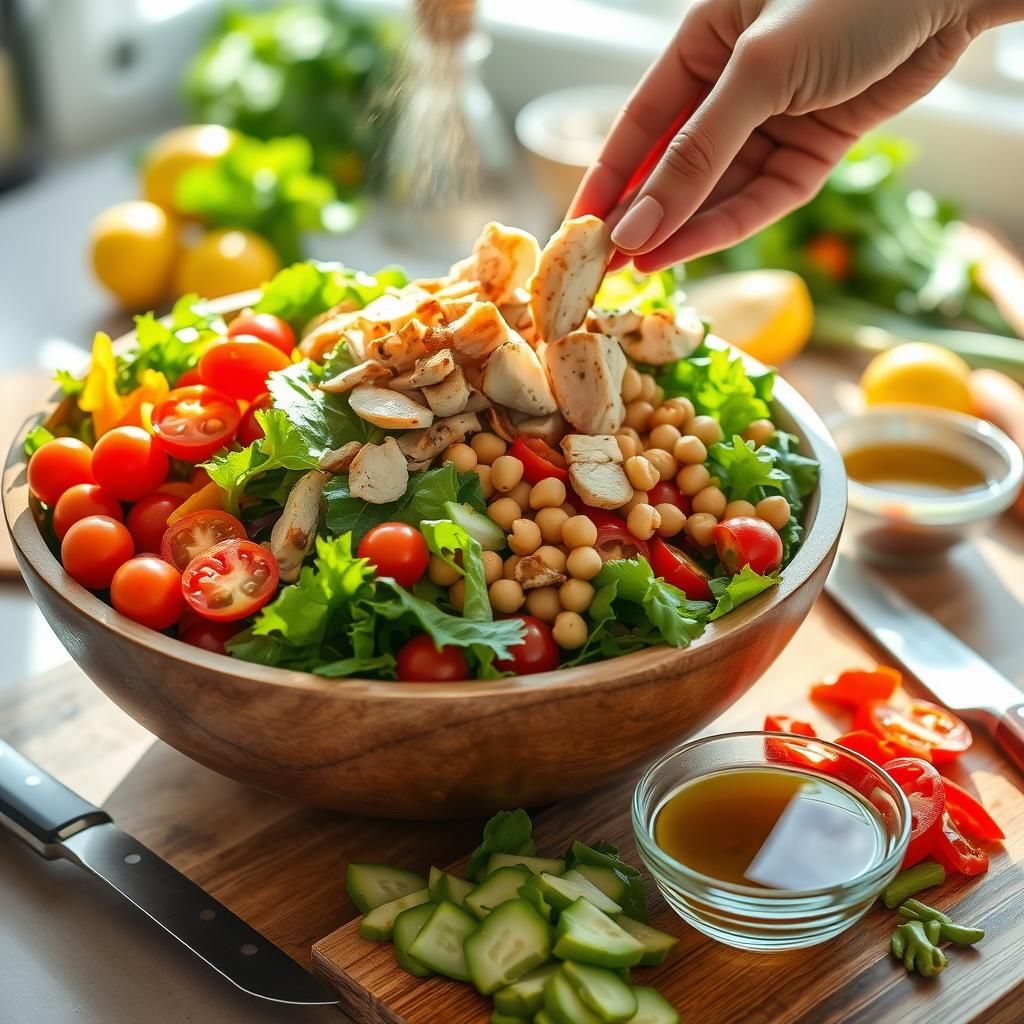
Dinner:
- Baked or grilled lean protein (chicken, turkey, fish, tofu) with generous servings of non-starchy vegetables (broccoli, green beans, spinach, zucchini, bell peppers) and a small portion of healthy carbohydrates (sweet potato, quinoa, brown rice).
- Sheet pan meals: Toss protein and chopped vegetables with olive oil and herbs, roast on a single baking sheet. Minimal cleanup!
- Stuffed bell peppers (with quinoa, lean ground meat, and vegetables).
- Turkey or chicken meatballs (made with clean ingredients) in a simple tomato sauce (check for added sugar) with zucchini noodles or a small side of whole-grain pasta.
- Fish tacos in lettuce wraps or clean corn tortillas with salsa and avocado.
- Vegetable or bean burgers (homemade) on lettuce wraps or served naked with a large salad.
- Chicken or vegetable skewers.
Snacks:
- Fresh fruit (apples, bananas, berries, oranges, pears, peaches, melon).
- Vegetable sticks (carrots, celery, cucumber, bell peppers) with hummus or guacamole.
- Handful of unsalted nuts (almonds, walnuts, cashews, pecans) or seeds (pumpkin, sunflower, chia, flax).
- Hard-boiled eggs.
- Plain Greek yogurt or cottage cheese.
- Rice cakes (plain) topped with avocado, nut butter, or a sliced hard-boiled egg.
- Edamame (steamed).
- A small smoothie (using clean ingredients).
- Air-popped popcorn (plain).
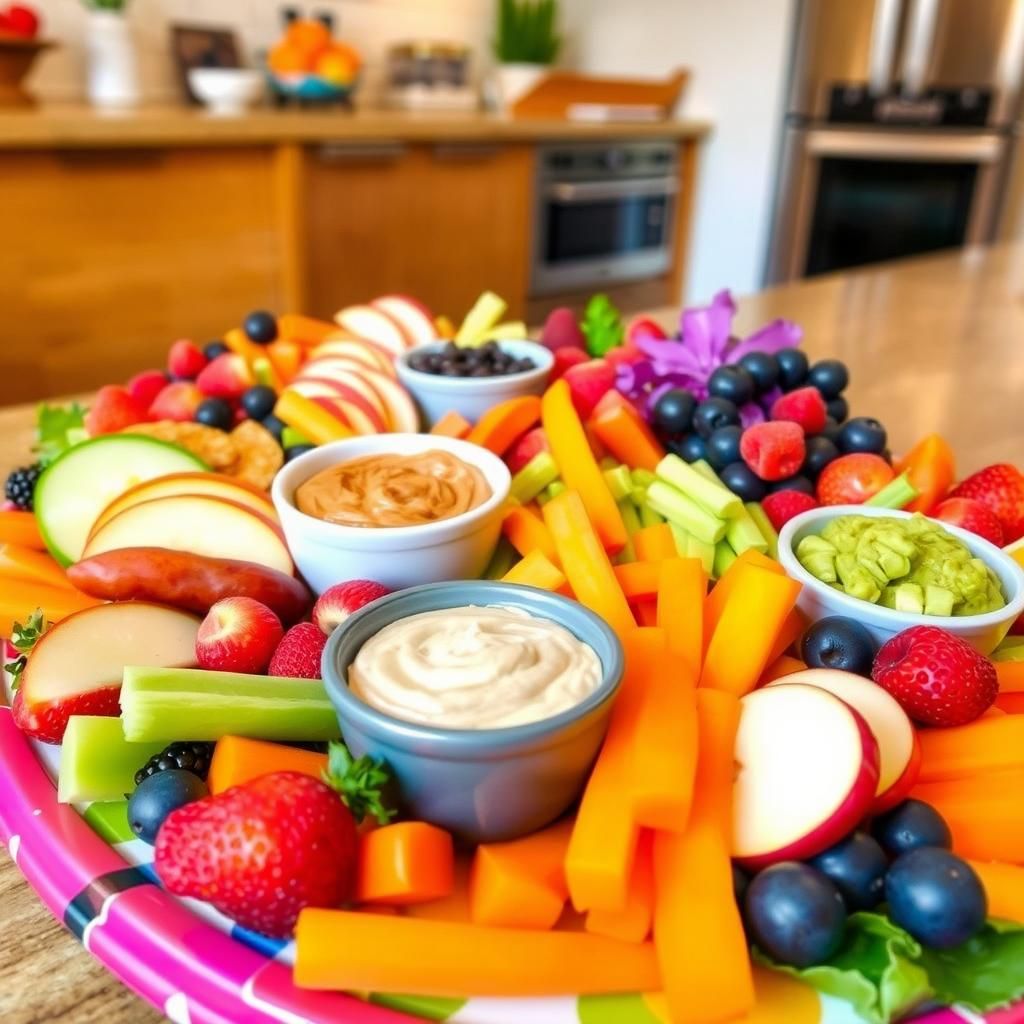
Looking for more diverse recipe ideas that fit different dietary preferences? You might want to check out resources like the Keto Breads and Pizza recipe book, Keto Soup Detox, the Keto Diet book, the Keto Snack Cookbook, the Keto Air Fryer Cookbook, the Keto Dessert Book, the 30 DAY KETO MEAL PLAN, or the 500 Delicious Keto Recipes Cookbook.
The key is to keep it simple and use whole, recognizable ingredients. Don’t be afraid to experiment with different herbs and spices to add flavor without relying on processed sauces or seasonings.
Navigating Challenges
Even with a plan, you might encounter challenges during your 14 days. Anticipating them can help you stay on track.
1. Cravings: This is very common, especially in the first few days, as your body adjusts to less sugar and processed foods. * Solution: Drink a large glass of water first. Wait 10-15 minutes – often, the craving passes or was actually thirst. If you’re truly hungry, have a planned clean snack (fruit, nuts, veggies). Distract yourself with an activity. Remember why you started.
2. Eating Out/Social Events: Navigating restaurants or social gatherings can be tricky. * Solution: Plan ahead. Look up restaurant menus online and choose options that fit (grilled protein, large salads, steamed vegetables, request dressings/sauces on the side). Don’t be afraid to ask questions or make simple requests (e.g., “Can I get the chicken grilled instead of fried?”). If attending a social event, eat a clean snack beforehand so you’re not starving. Focus on conversation and enjoy the company, rather than solely on the food. If you choose to have something outside the plan, enjoy it mindfully and get back on track at the next meal.
3. Feeling Restricted: Focusing on what you “can’t” have can lead to feelings of deprivation. * Solution: Shift your mindset to focus on the abundance of delicious foods you can eat. Explore new fruits, vegetables, and recipes. Emphasize how good these foods make your body feel. Remind yourself this is a temporary focused period.
4. Lack of Time: Life gets busy, and cooking clean meals might seem time-consuming. * Solution: Leverage meal prep. Utilize simple cooking methods like roasting, baking, or stir-frying which require minimal active cooking time. Choose simple meals with fewer ingredients. Don’t aim for gourmet every night; prioritize nourishment. Leftovers are your friend!
5. Family or Partner Not Participating: It can be harder if others in your household aren’t following the plan. * Solution: Communicate your goals. If possible, make one meal that forms the base for everyone (e.g., roasted chicken, vegetables, and a grain) and add different components for others if needed (e.g., pasta for them). Encourage them to try your clean meals – they might be surprised how good they are! Prepare your meals separately if necessary.
6. Feeling Tired or Low Energy (Initial Phase): Some people experience a dip in energy as their body detoxes from sugar and processed foods. * Solution: This is usually temporary. Ensure you’re getting enough calories from nutrient-dense sources. Stay hydrated. Prioritize sleep. Gentle exercise might help. If it persists or is severe, consult a healthcare professional.
Facing challenges head-on with a plan makes them easier to overcome. Remember your motivation and focus on the positive changes you’re experiencing.
Making Clean Eating a Lifestyle
Completing 14 days of clean eating is a fantastic achievement! It’s natural to wonder what comes next. The goal isn’t necessarily to be 100% “clean” forever (unless that feels right for you), but to use this experience to build sustainable, healthy habits.
Here’s how to transition from a 14-day reset to a longer-term lifestyle:
1. Reflect on Your Experience: What did you learn? Which meals did you enjoy most? How did you feel physically and mentally? Identify the positive changes you experienced (more energy, better digestion, reduced cravings, improved mood). These positive associations are powerful motivators.
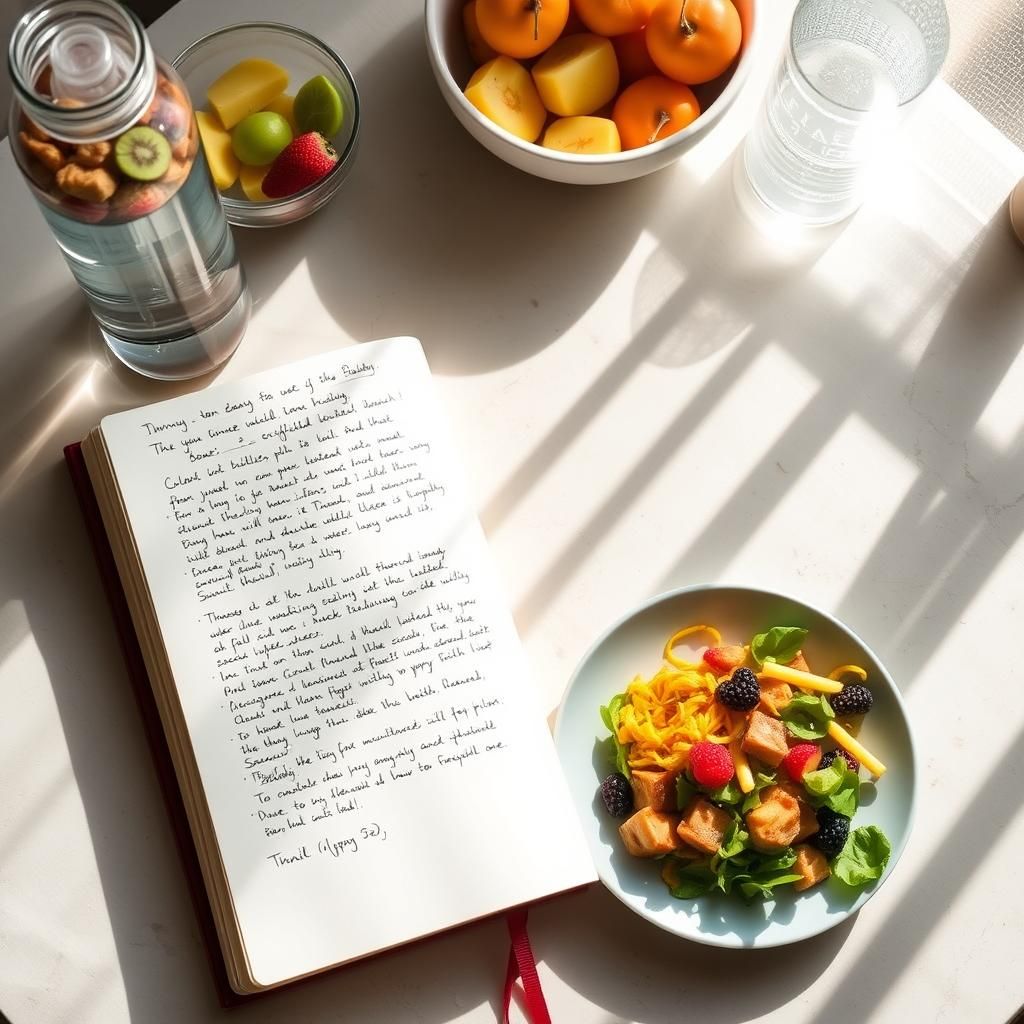
2. Identify Sustainable Habits: Which aspects of the 14-day plan can you realistically continue? Maybe it’s having a clean breakfast daily, packing a healthy lunch most days, or cooking clean dinners at home several nights a week. Focus on the changes that felt manageable and beneficial.
3. Reintroduce Foods Mindfully (If Desired): If you plan to reintroduce foods you avoided (like certain grains, dairy, or occasional treats), do so slowly and pay attention to how your body reacts. This helps you identify any food sensitivities and reinforces mindful eating.
4. Find Balance, Not Perfection: Sustainable healthy eating is about balance. It’s okay to enjoy a treat or eat less “cleanly” on occasion (a social event, holiday, etc.). Don’t let one meal derail you. Just get back to your usual clean eating habits at the next opportunity. The 80/20 rule (eating clean 80% of the time) works well for many people.
5. Continue Basic Meal Prep: Making basic meal prep a regular habit (even if it’s just prepping vegetables or cooking a batch of grains) will make healthier eating easier throughout the week.
6. Keep Learning: Continue to explore new clean eating recipes, learn about nutrition, and try new whole foods. Variety keeps things interesting and ensures you get a wide range of nutrients.
7. Stay Hydrated: Make drinking enough water a non-negotiable habit.
8. Listen to Your Body: Your body communicates with you through hunger, fullness, energy levels, and digestion. Continue to pay attention to these signals.
9. Seek Support: Connect with others who are interested in healthy eating. Share tips and challenges.
The 14-day plan was a catalyst. Use the momentum and the knowledge you gained to continue making choices that support your health and well-being in a way that is realistic and enjoyable for your everyday life. Clean eating isn’t a finish line; it’s a journey towards feeling your best.
You’ve got this. Start today and discover how good whole, clean foods can make you feel.
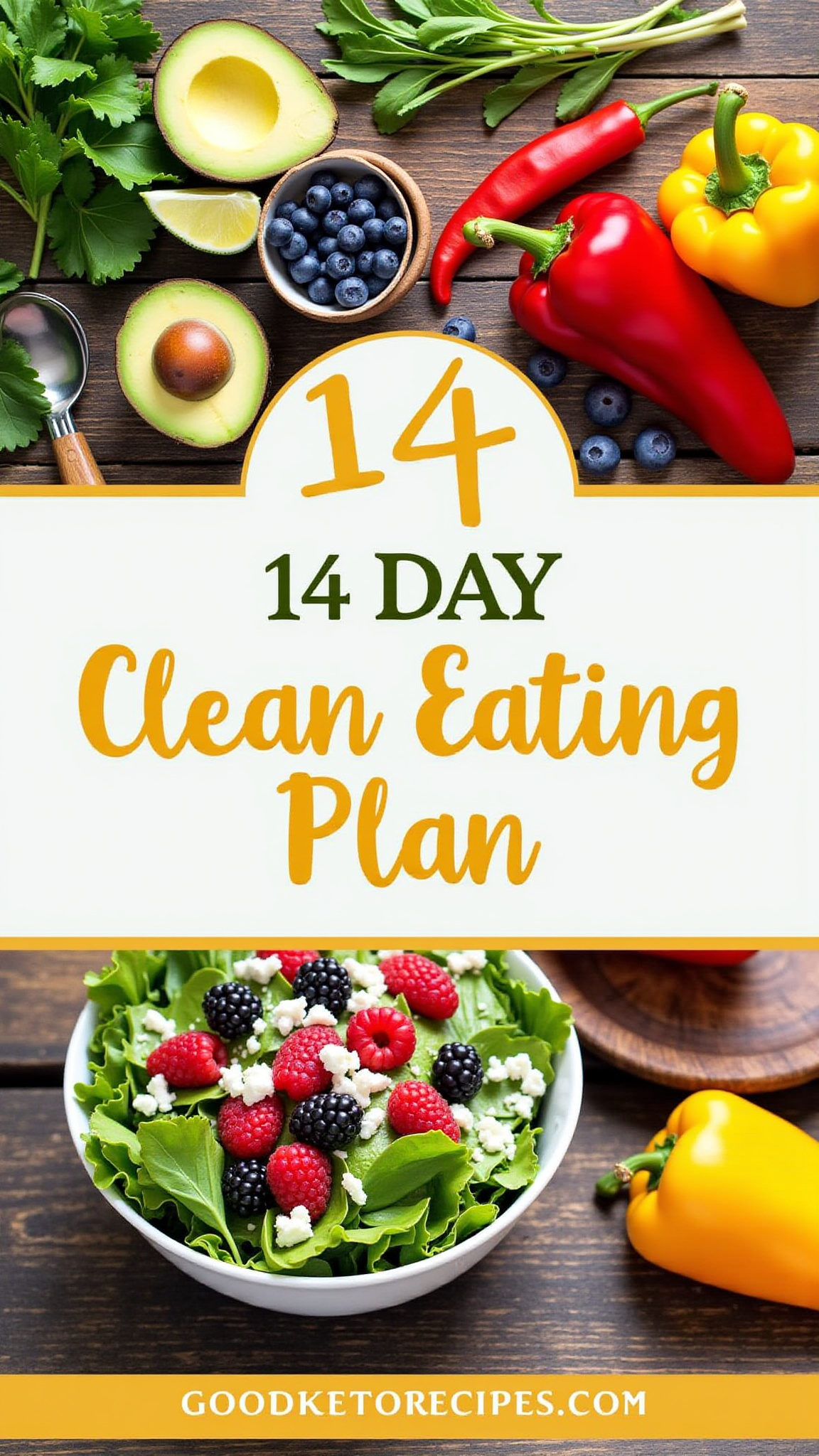
Affiliate Link Disclosure: Some of the links in this post are affiliate links. This means that if you click on the link and make a purchase, I may receive a small commission at no extra cost to you. I only recommend products or services that I personally use and believe will be valuable to my readers.
